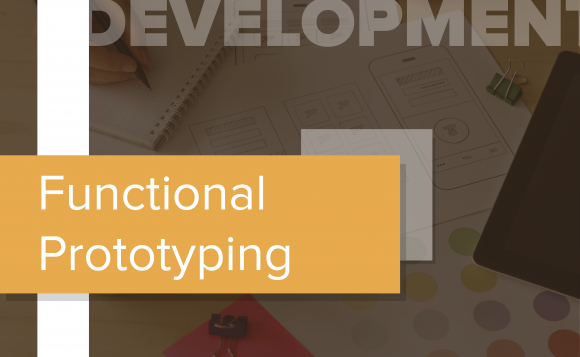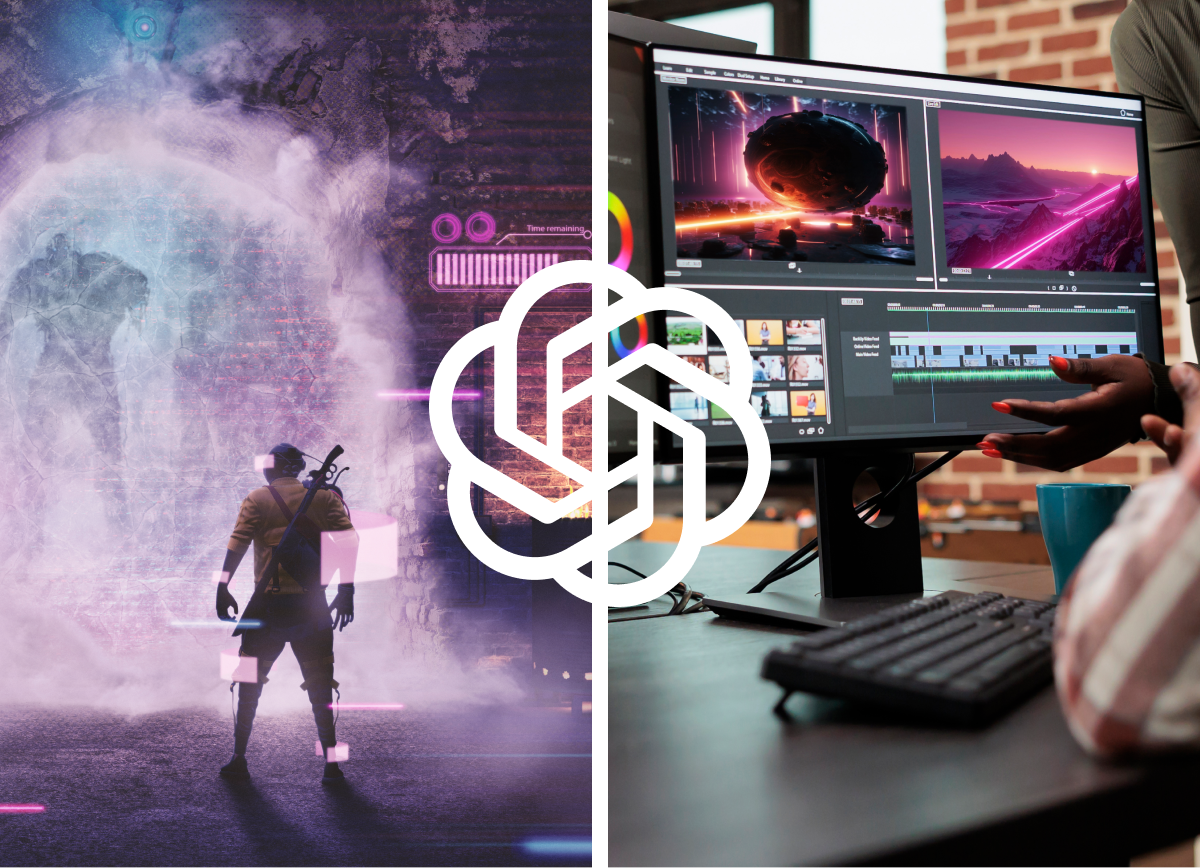
The design stage of an app is one of the most crucial processes of any methodology an individual or organization chooses to take. It is in the design stage where the viability of a project is recognized and confirmed. Various methodologies implement various techniques in their design phase. The most popular technique today, especially for agile methods of development, is prototyping.
Prototyping is defined as the process of developing a replica or “dummy project” of a system that is yet to be developed or engineered. It is in itself a small project, where the requirements of an app are actualized. Prototyping is especially useful for when the consumer or end user of the project is unsure of the requirements, or when they have not fully understood them.
Functional and Non-functional Prototypes
An ideal prototype implements a majority of the requirements of an app project. The fulfillment of these requirements allows for the testing of the project before moving on to the implementation stage. There are many types of prototyping in practice today, but they fall under two main categories: functional and non-functional. Non-functional prototypes primarily fulfill the non-functional requirements of an application, such as look and feel. They do not enable adequate testing of the functional requirements and focus on design.
A functional prototype provides a more dynamic outlook to a software project. Its development stems from the need for stakeholders to understand how various components of the app will operate from a shallow level. Functional prototypes are interactive, clickable, and provide dynamic content to the stakeholders and developers. They are designed while focusing on functional areas, but they can also contain design features depending on the requirements of the stakeholders.
When to Choose Functional Prototyping
Choosing a prototype requires significant time and effort. The key factors that must be considered when choosing between functional and non-functional prototyping include:
- The requirements – consider the nature of the requirements, and who is providing them in the first place. In most cases, stakeholders from within the company will provide the majority of the functional requirements, while external stakeholders will be more concerned with the look and feel.
- The process design – before even selecting a prototype, it is essential to develop or implement an existing process of design. The stages of design that are identified will guide the project team on which prototyping technique to select.
- The prototyping tools – tools, in this case, refers to the programming languages, as well as the programming environment for developing the prototype.
Taking these factors into consideration, here are the situations where functional prototyping works better than the non-functional technique.
When the Majority of The Requirements are Functional
The development of business-oriented apps considers functional requirements majorly compared to non-functional ones. A majority of functional requirements may indicate a need for proof of concept before going into the implementation stages. Non-functional requirements should not be ignored, but they do not take center stage of design. In this case, it is more crucial to ensure that the app works rather than consider how it looks.
When the Process Design entails a lot of Testing
If the selected process design reveals a need for testing in the majority of the design processes, it is a clear indicator that functional prototyping is a better direction. Since it focuses on the functionality and operability of the app, functional prototyping focuses on developing modules that form the core of the app’s processes, or business processes in an organizational context.
When the Prototyping Tools are Adequate
Prototyping can be as intensive a process as the actual development. Regardless of the fact that it is mock-up of the actual app, it is essential in determining whether the development of the app is viable and possible. The prototyping tools considered should, therefore, have the ability to portray the requirements clearly to the stakeholders.
When there are Limited Resources for Development
Depending on the size of the organization, resources for app development may not be adequate for the development of both a prototype and the actual system. Functional prototyping provides a better platform for transitioning into incremental development, which saves the project team vital resources such as time, funding, and workforce. The documentation for the app can also be picked up from the functional prototype developed, which increases the efficiency of the development process.
The Benefits of Functional Prototyping
Bringing the Concept to Life
Functional prototypes provide the best-known opportunity to indicate clearly to the various stakeholders how the finished product is intended to work. It provides a platform for adequate testing and provision of feedback early during the development process. Early feedback enables rectification of various modules before the app is rolled out to the public.
Speeding Up the Development Process
Earlier we mentioned that functional prototyping provides the best platform for incremental delivery of an app. Functional prototypes eliminate the need to start from scratch again. The implementation of the key functional requirements within the prototype enables developers to pick up where they left off, improving on the developed modules according to the feedback given, and later focusing on the design and outlook of the modules within the application.
Conclusion
The two key prototyping techniques in the market provide various benefits and limitations to the development team. There are many factors to be taken into consideration before a choice is made, of which three of the main ones are discussed above. Developers and project teams must take their time to analyze these factors and ensure that the choice made is the most efficient one available.


